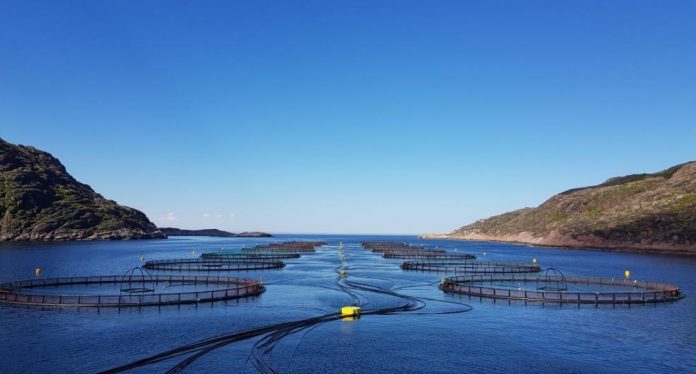A story written by Ben Arris on the Web site of UK-born economist, Jerome Paul Booth, suggests the fortunes of newly funded Russian Aquaculture, a new integrated player, hangs in a balance struck by being locked out of fjords ideal for aquaculture and its closeness to big city markets.
In interviews with Russian Aquaculture chief executive, Ilya Sosnov, emerging markets investor, Arris learns Russian salmon growers spend much of their time negotiating for fjord space with the Russian Navy, itself in need of deep-water anchorages. He also learns that the company’s wild trout in Karelia and smolt imported from Norway for Murmansk-area grow-outs face no more than a two-day truck ride to giant market Moscow, a few hours for St. Petersburg.
Read Russian Aquaculture raises USD 17 million
Read Russian Aquaculture set to buy processor stake
“We have the advantage of our proximity to our domestic customers,” Arris quoted Sosnov as saying. The “rich and the middle class” in those cities enjoy “red meat” salmon at the opera, at parties and even, it seems, during intermissions at the movies.
“Russia’s technical maximum production capacity is limited to about 40,000 tonnes a year versus a total demand of around 100,000 t,” Sosnov said, adding, “Russia will always have to import some of its salmon.”
22 percent
Despite having had to clear the way to growth by bargaining for fjord space with the Russian Navy — probably not an option for foreign players — Russian Aquaculture now has three harvests and two Moscow Stock Exchange fundraisers under its belt. It’s already the largest player in the domestic fish market with a 22 percent market share.
That first listing in 2010 raised USD 90 million, and a secondary listing in December raised USD 17 million despite lackluster investor interest. With the capital, plans are afoot to double the company’s 14,500 t of produced salmon last year to 30,000 by 2025 — helped by Norwegian smolt production and the recent buy-up a 25,000 processor.
Price “pegged”
That would likely signal an improvement on the USD 98 million in revenue racked up in 2017. Sosnov, however, revealed for Arris that he sees salmon as a “soft commodity” with prices set globally, starting in Norway.
“Even our prices are linked to the global market. Changes anywhere affect everywhere.”


